mobile View, to the German Version tap the flag


- Canaries
- autonomous region within Spain
- consisting of the provinces of Las Palmas and Tenerife
- own name: Islas Canarias
translated: Dog's Islands
• Flags
• Other Flags
• Meaning/Origin of the Flag
• Coat of Arms
• Meaning/Origin of the Coat of Arms
• Map
• Numbers and Facts
• History
• Origin of the Country's Name
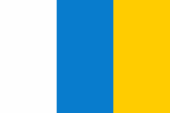
Flag of the Canary Islands,
ratio = 2:3,
Source, by: Wikipedia (DE)



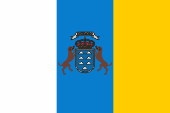
unofficial flag of the Canary Islands,
ratio = 2:3,
Source, by: Wikipedia (DE)






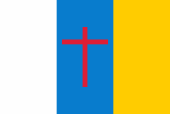
1561,
Royal Standard / General Flag,
Source, by:
Wikipedia (ES)



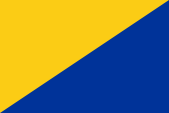
Flag of Las Palmas sea province,
ratio = 2:3,
Source, by:
Wikipedia (ES)



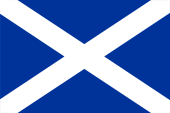
Flag of Tenerife sea province,
ratio = 2:3,
Source, by:
Wikipedia (ES)



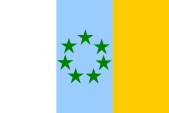
Flag of the independence movement,
ratio = 2:3,
Source, by:
Flags of the World




The flag of the Canary Islands dates back to 1961 and features three vertical stripes of white, blue and yellow. The colors of the flag are intended to be a combination of the colors of the flags of the two provinces that make up the Canary Islands: Tenerife (white and blue) and Las Palmas (blue and yellow). Most likely, however, it goes back to a flag from 1561, created by the magistrate Pedro de Vergara as a sign of the connection with the Spanish monarchy. There are flags of the Canary Islands that show the coat of arms of the islands in the center of the blue stripe. This is an unofficial flag. Since the 2nd of December in 2005, the colors have been precisely defined: Blue = Pantone 3005, yellow = Pantone 7406.
Source:
Wikipedia (DE),
Wikipedia (ES)

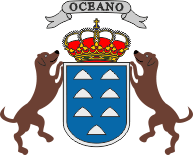
Coat of arms of the Canary Islands,
Source, by:
Wikipedia (DE)

It shows seven silvery mountains on a blue ground and above a golden crown. They stand for the seven big islands of the archipelago. Shield holders are two dogs – a clue for the name of the archipelago. In the motto ribbon above the scutcheon the word "Oceano" → "Ocean".
Source:
Wikipedia (DE)

Map of the country:
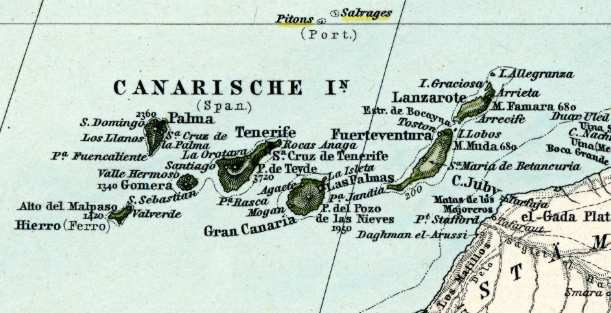
Source: www.maproom.org

Area: 2.893 square miles, thereof (2020), Lanzarote 327 sq.mi., 155.812 inh.; Fuerteventura 641 sq.mi., 119.732 inh.; Gran Canaria 602 sq.mi., 855.521 inh.; Teneriffa 785 sq.mi., 928.604 inh.; Gomera 143 sq.mi., 21.678 inh.; Hierro 107 sq.mi., 11.147 inh.; La Palma 273 sq.mi., 83.458 inh.
Inhabitants: 2.153.389 (2019)
Religions: 77% Roman Catholic
Density of Population: 744 inh./sq.mi.
Capital: Las Palmas 379.925 inh. (2019), Santa Cruz de Tenerife 207.312 inh. (2019)
official Language: Spanish
Currency: 1 Euro (€) = 100 Cent
Time Zone: GMT
Source:
Wikipedia (D)

antiquity · already in the antiquity the archipelago was well known as "Islands of the Blissful"
middle ages · in the search for a sea route to India the islands get discovered again
1478 · Spain takes possession from the islands and becomes an important base for Spanish discovery and conquest rides
1927 · because of rising rivalries between the islands the Canary Islands become partitioned into two provinces
1981 · autonomy statute for the Canary Islands with limited rights for the regional government
Source:
Atlas zur Geschichte,
Discovery '97,
Wikipedia (D)

The Spanish who arrived in the 15th century named the islands of Dog Islands (Islas Canarias), allegedly because of the unusually large dogs that had been kept by the indigenous people who then still lived here.
Source:
Handbuch der geographischen Namen


![]()



















